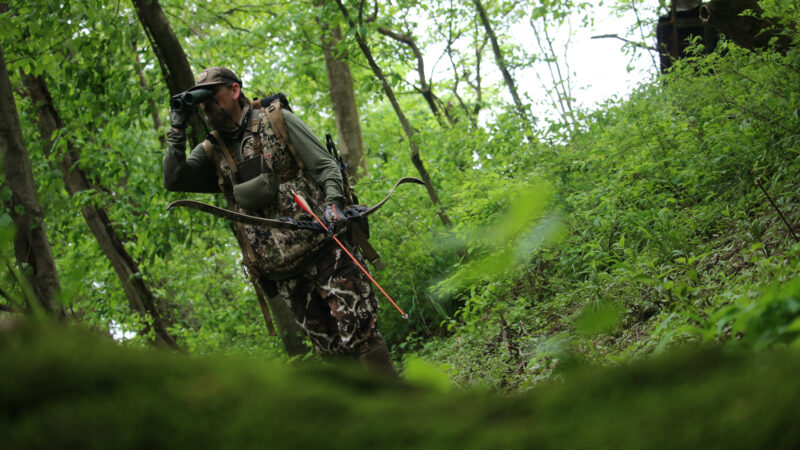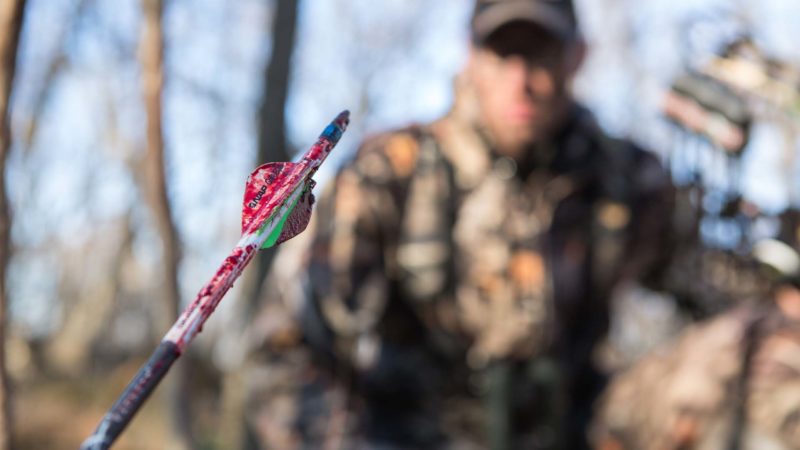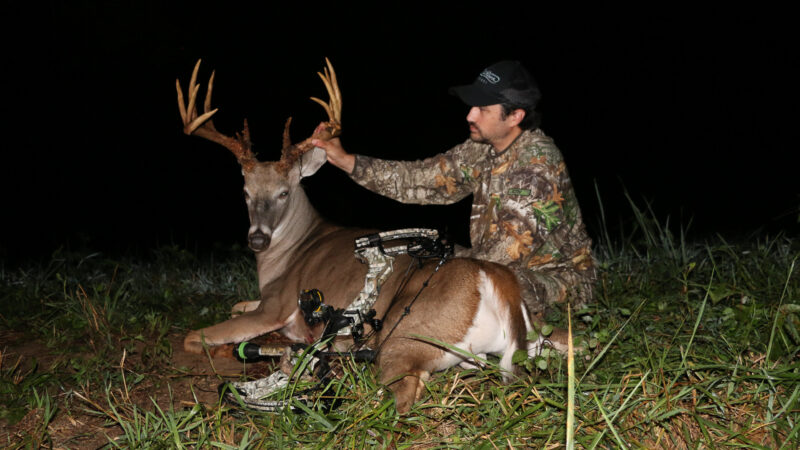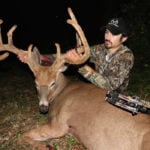Bowhunt long enough, and you’ll make a bad shot. You’ve heard that numerous times, and it’s true. While it isn’t a blanket excuse for poor shot execution, especially consistently, it does happen.
In my 20 years of bowhunting, I’ve botched archery shots on several deer. Of course, as I’ve gotten older and more experienced, my successful-to-failed shot opportunity ratios improved.
That’s anecdotal, though. Fortunately, scientific studies have analyzed this. Auburn University completed studies in 1996 (https://bpb-us-e2.wpmucdn.com/wordpress.auburn.edu/dist/0/141/files/2014/05/601996-SEAFWA.pdf) and 1998 (https://bpb-us-e2.wpmucdn.com/wordpress.auburn.edu/dist/0/141/files/2014/05/581998-SEAFWA.pdf) to analyze how often hunters succeeded, and even mortally wounded, whitetails.

The 1996 Report
The 1996 study’s goal (https://bpb-us-e2.wpmucdn.com/wordpress.auburn.edu/dist/0/141/files/2014/05/601996-SEAFWA.pdf) examined hunter success rates with different weapon types. This was done to help predict annual harvests and improve management strategies. To obtain the data, from 1989 to 1995, researchers examined harvest info on the McAlester Army Ammunition Plant in southeastern Oklahoma.
In short, hunter success was greater with compound bows (17.8%) than with traditional bows (10.7%). While this study revealed how often bowhunters successfully filled deer tags, it didn’t investigate how often hunters wounded deer.
The 1998 Study
While the previous study analyzed success rates, the 1998 effort analyzed wounding rates of shot but unrecovered deer. Once again, the research took place on the McAlester Army Ammunition Plant.
“It has been speculated that wounds acquired during the hunting season are a major source of mortality for white-tailed deer, yet existing information often is conflicting or based upon conjecture rather than science,” the report said. “Our goal was to quantify wounding rates (proportion of deer shot by hunters but never recovered) of whitetail deer.”
The research group radio-collared deer to determine wounding rates. Approximately 1,300 bowhunters participated on the property, and they also were required to notify officials of hunt results.

“All hunters were instructed to inform the hunt coordinator when they shot a radio-collared deer,” the report said. “Each report of a wounded deer was verified by the presence of blood or a visual confirmation by the hunter that the arrow had struck the deer. We monitored wounded deer every 4-8 hours for 5 days (or more) to enable timely necropsies of deer found dead. When we received a mortality signal, we waited until hunters had left the area (sunset) to locate the deer and ascertain cause of death.”
Of the 80 radio-collared bucks, 22 were shot by bowhunters, but only 11 (50%) of those were recovered by hunters. Of the remaining 11 bucks, three died from their wounds, which resulted in a wounding loss of 14%. Two bucks died within 24 hours. The third lived almost a week before succumbing.
After extrapolating the data, the study produced an adjusted rate suggesting that 4% of bucks in the research area die each year from archery wounds and go unrecovered by hunters.
Modern Day
While there haven’t been many recent studies to delve into this topic, one Finnish project (https://europeanbowhunting.org/2023/01/31/finnish-study-puts-bow-hunting-on-par-with-rifle-hunting-for-white-tailed-deer/) recently tackled it. It lasted from 2019 to 2023, and while it did not cover wounding rates specifically like the 1996 and 1998 studies, it did compare archery effectiveness to rifle efficiency.
Most notably, it studied flight distance after the shot, and archery-harvested deer ran approximately the same distances. That said, it did exclude dropped-in-their-tracks deer (from both weapon types) from the data. Furthermore, the recovery rates were slightly better with rifles than bows, but misplaced shot numbers were slightly higher in firearm encounters.

The Takeaway
Because of this research, and other studies like it, wildlife agencies can account for lost dead deer when setting harvest goals each year. This and similar research helps to understand just how many deer are dying at the hands of hunters that aren’t recovered and reported.
Other studies have expressed similar wounding rates, including Iowa (17%), Michigan (12%), New York (7%), Wisconsin (10%), and more.
While these numbers in no way should be used as a crutch, these can serve as solace when you eventually make a bad shot on a deer. So many things can go wrong when you send an arrow toward a whitetail. Sometimes, it isn’t even 100% your fault when a bad shot occurs, especially if the deer jumps the string.
So, continue practicing with archery equipment. Work to perfect the craft. But don’t let an unrecovered deer push you to the brink of hanging up your bow. Practice, improve, regroup, and get back out there. Your fellow bowhunters have been there, done that.

 By
By 



